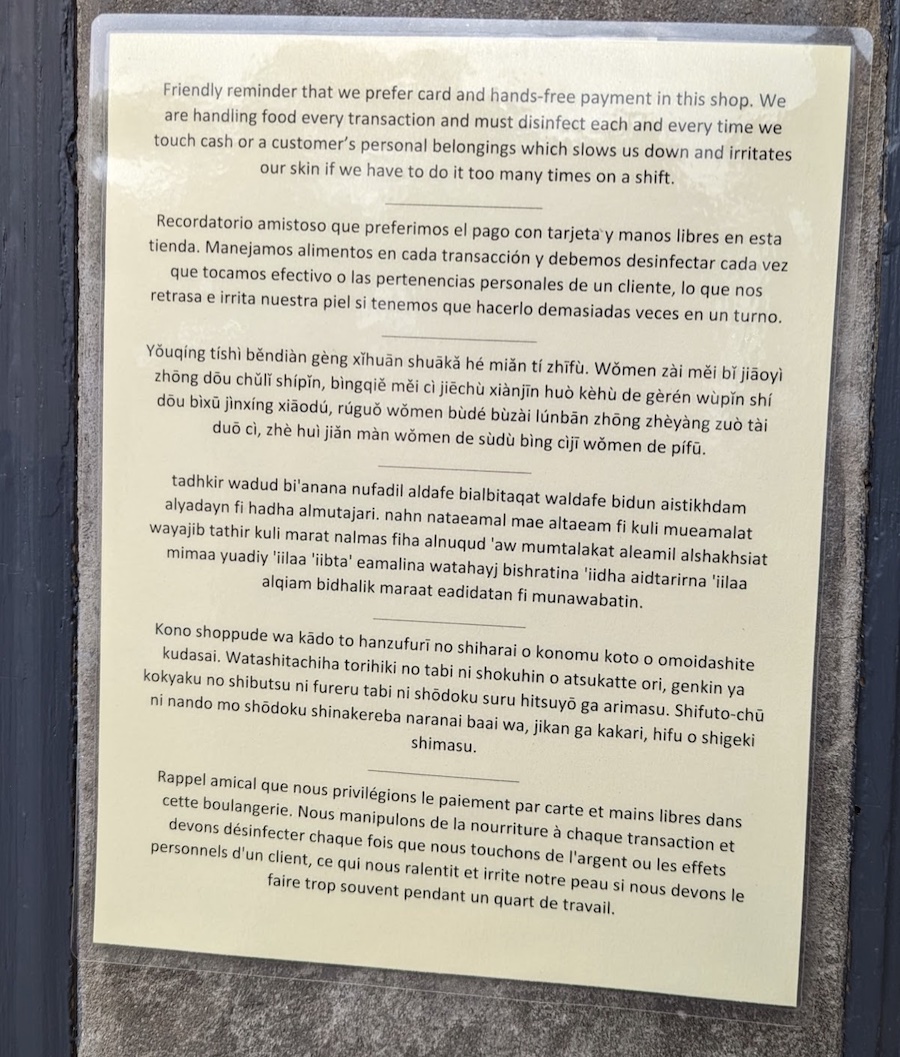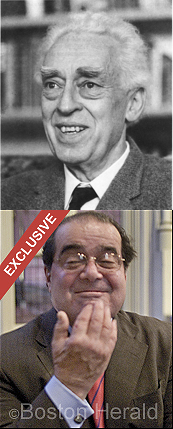Japanese seems to be able to assimilate any English word, including the ubiquitous definite article "the", which is unlike anything in Japanese itself.
If there’s something like a Murphy’s Law for syntax, the name of this restaurant near my school is a pretty good example of it. Reading “Steak The First,” it always makes me wonder how these three words came to be aligned in just that order. “The first steak,” “first the steak,” “the steak first” — all of these seem safe for consumption. But “steak the first”?
In order to understand what’s going on here, we need to appreciate the very specific way the little word “the” is used in Japanese, where it is normally pronounced ザ (za). Note that the reading may change to ジ (ji) when the following word starts with a vowel, as in the name of the invincible Japanese rock band The Alfee, which officially reads ジ・アルフィー (ji arufī).
But since Japanese is a language that normally gets along perfectly well without articles, it’s a bit challenging to understand what use it can make of ザ in the first place. Even more puzzling is that, more often than not, ザ shows up in places where English syntax wouldn’t want you to put an article at all.

